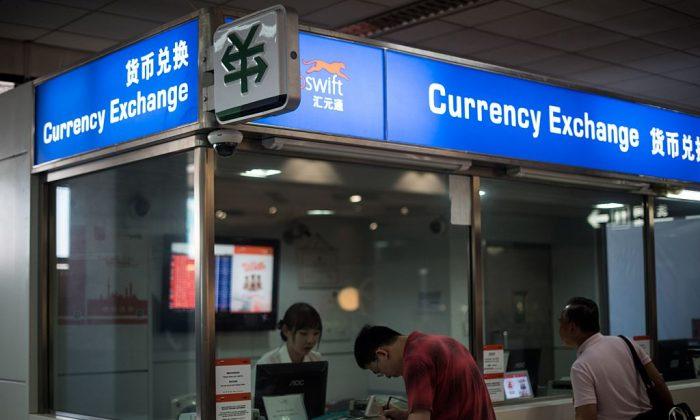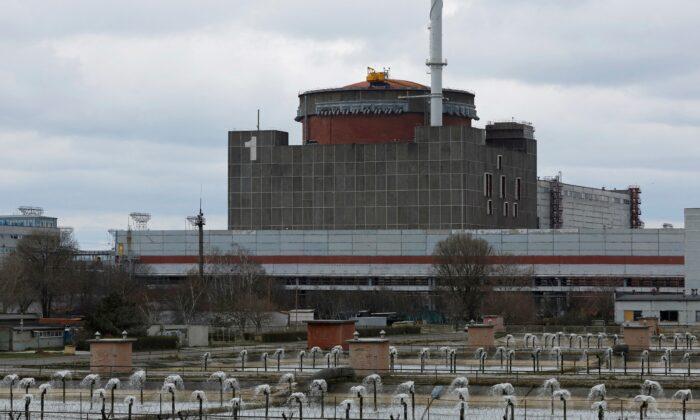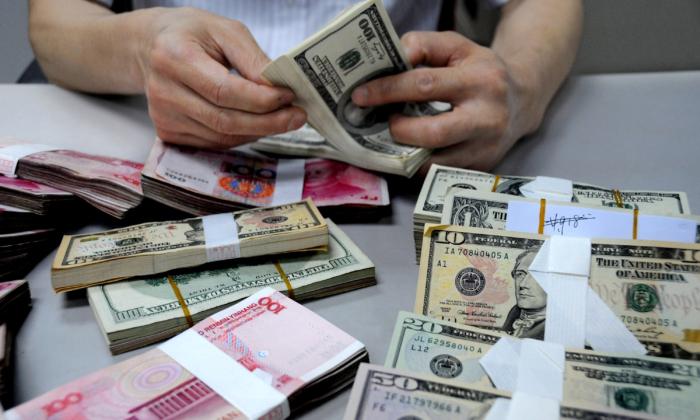The China Container Freight Index (CCFI) reportedly continued to fall in January after plummeting in the previous four months, indicating an overall decline in international freight rates at Chinese ports, a gloomy export trade, and a crisis in which Chinese foreign trade companies are facing business headwinds or even bankruptcy due to reduced orders.
Heaped Idle Containers
China’s Ministry of Transport released port data in January showing that the growth rate of cargo through-put in Chinese ports slid 1.9 percent last December, year over year.But the reality is worse than the official figures, with many Chinese ports already stacking up an increasing number of empty containers.
Export Outlook
According to a manufacturing Purchasing Managers’ Index (PMI) for January published by the U.S. Bureau of Labor Statistics (BLS), the new export orders index rebounded to 46.1, slightly higher than 44.2 last December.But it is lower than the 46.7 last November, said Li Songyun, an economist who has been long concerned about the Chinese economy, adding that “it is still below the 50—the threshold value that separates contraction from expansion—which means that new export orders are moving to a period of contraction.”
Regarding China’s export trend, Li told The Epoch Times on Feb. 17 that “although overall exports have been growing rapidly over the past two years, the growth rate began to decline month by month after peaking in July last year and turning negative in October, and the decline has been worsening.”
Li believes the decline in exports will remain the same this year, noting that China’s exports fell by 9.9 percent year over year in dollar terms in December last year.

Manufacturing Line Out-Migration
China is losing its status as the world’s factory, which is one of the factors leading to sluggish exports, and also a fact that the Chinese Communist Party (CCP) tends to avoid mentioning, according to Li.In the past year or two, the supply chain of manufacturing is moving outbound, and the move is accelerating now, said Li.
The manufacturing exodus can be blamed on the CCP’s tough anti-epidemic measures and power outages that disrupted the industry supply chain, as well as intensified U.S.-China confrontation and increased geopolitical risk in the Taiwan Strait.
Orders Reduction
Since 2022, a significant number of Chinese foreign trade companies are already on the way to withstand pressures from a steep drop in orders.Quanzhou, located on the southeast coast of Fujian Province, is one of China’s top 100 cities for foreign trade. The local equipment manufacturers association said it held a mobilization meeting in August 2022 aiming to “overseas order grabbing” and has organized delegations to attend overseas exhibitions for orders last September, November, and this January.
Enterprises Bankruptcy
The continued decline in China’s exports, and for many privately owned foreign trade enterprises, could be a major hurdle that will determine whether they can survive or not.Zhaofeng Knitting Garment Co., Ltd., for example, is one victim. It recently went bankrupt after more than 20 years in the foreign trade business. On Feb. 8, a video of workers demanding their wages outside the company was circulating online, painting a bleak picture of the export trade that led to Chinese enterprise’s bankruptcy.





